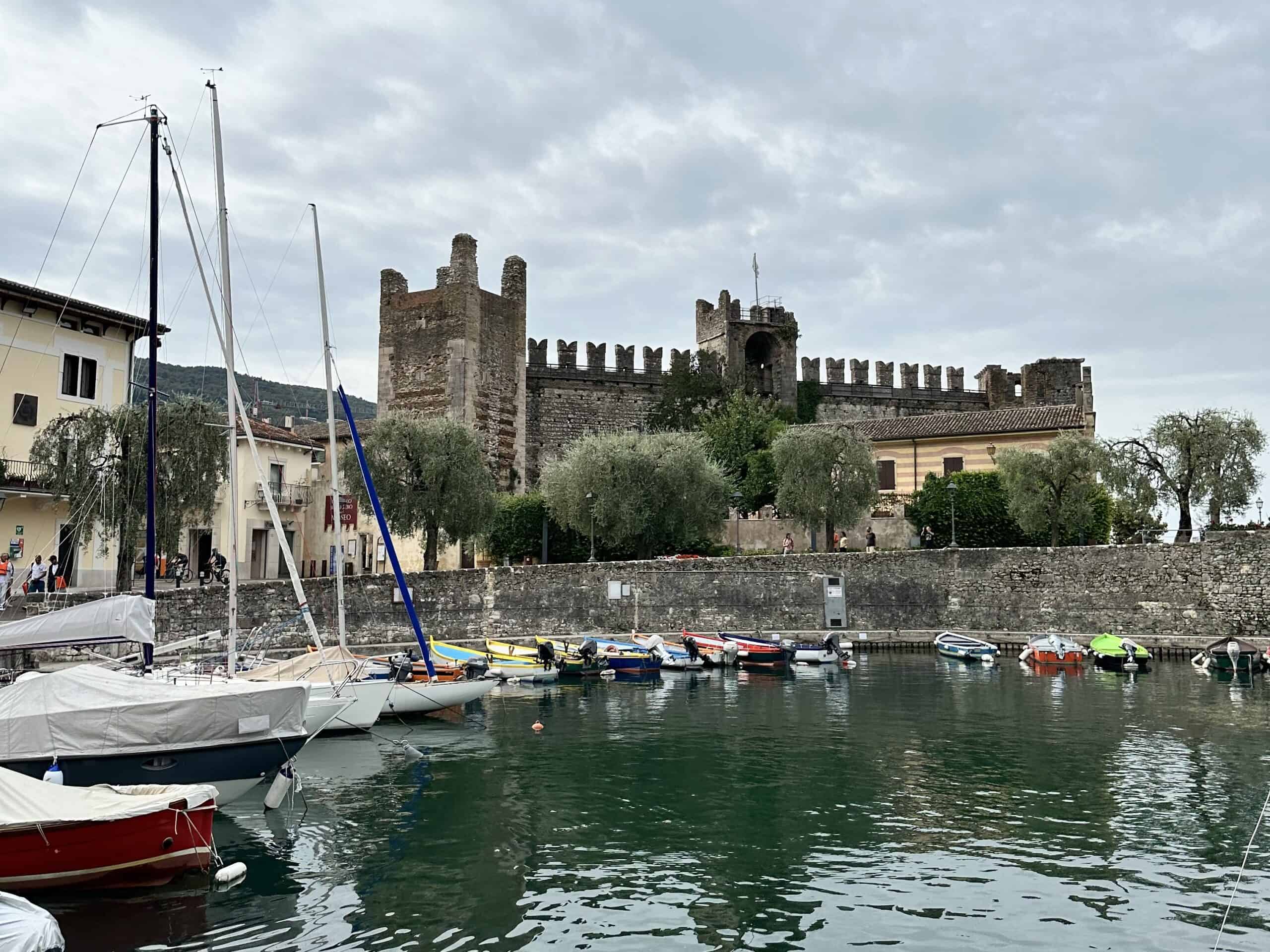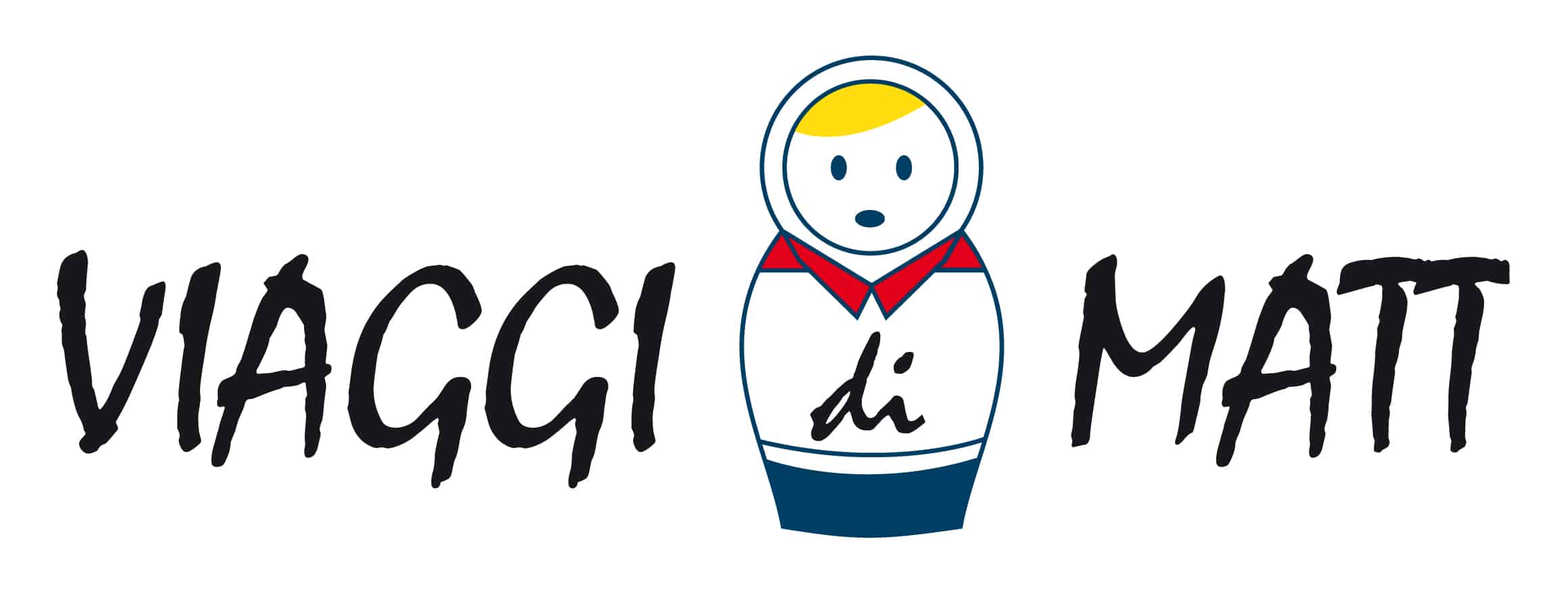
The origins of Torri del Benaco date back to about 2000 BC, but the first documents relating to its name are found thanks to its entry into the Roman Empire in the first century BC with the name of Tulles.
At the fall of the Roman Empire, the populations of the Goths, the Lombards, the Franks followed one another in the territory and at the beginning of the tenth century the Hungarians.
With the advent and conquest by the Scaligeri of Verona, the defenses of the port were strengthened in Torri by creating a fortified dock and raising the Castle built on the ruins of a pre-existing structure.
In 1405 Torri del Benaco passed under the dominion of the Republic of Venice until 1797 when it was conquered by Napoleon’s soldiers. In 1866 Torri also became part of the Kingdom of Italy.
The most important building in Torri del Benaco is the Scaligero Castle built in the tenth century but restored in 1383.
With the conquest by the Republic of Venice, the castle remedied a slow but unstoppable decline, which culminated in the eighteenth century with the demolition of the outermost walls to make way for the current lemon greenhouse.
Only in 1980 was the castle totally recovered and in 1983 the Museum of the Scaligero Castle was inaugurated.
In the rooms of the museum, aspects of the life and culture of Torri del Benaco and the whole of Alto Garda are illustrated. Important issues are the olive harvest and lake fish farming.
Another fundamental section of the museum is the lemon house.
According to tradition, citrus fruits were introduced on Lake Garda in the fourteenth century by the Franciscan friars.
The first lemon groves were built on the Brescia shore, mostly in the territories of Gargnano and Limone sul Garda.
Lake Garda, with its 46° north latitude, was once the northernmost area in the world where citrus fruits were grown. This was made possible not only by the favorable climatic conditions, but also by the complex work of winter cover that allowed the plants to survive even very cold winters unscathed.
The lemon house of the Scaligero Castle of Torri is closed with boards and windows towards the end of November (traditionally in the days around the feast of St. Catherine, 25th November) and uncovered with the arrival of the first spring warmth.

















